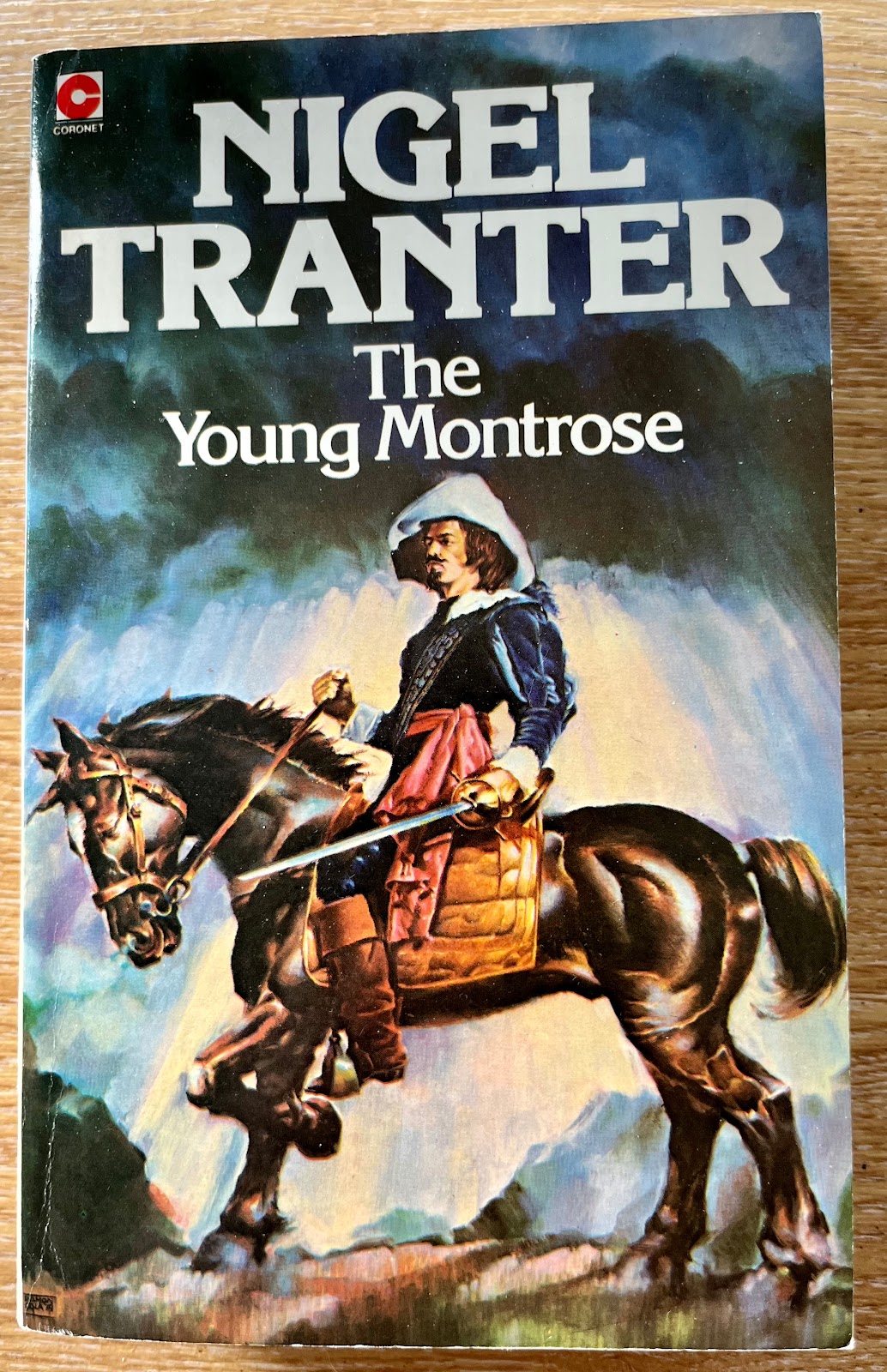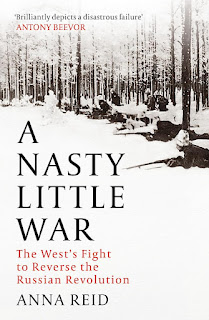My current research focus is on naval matters, so Alexander Hill's new Osprey, Soviet Cruisers 1917-45, was an easy choice from this month's pick of Osprey books.
The Russian Navy was never really a Blue Sea fleet, with the traditional role for cruisers involving the attack and defence of maritime communications on the high seas and scouting for a fleet. After the revolution, there was an internal debate about the role of cruisers between Stalin's vision for power projection and the immediate need for coastal protection. Plans for heavier cruisers had to be shelved in the face of competing claims on resources, and even after World War II, the Soviet Union would continue to build essentially light gun-armed cruisers. In WW2, the Soviet cruisers of the Black Sea Fleet saw very active wartime service, conducting shore bombardment and carrying men and equipment into besieged ports.
The meat of this book is split into two. The cruisers laid down in the Tsarist period and those developed after 1917.
The Tsarist period cruisers had a mixed fate. The intervention forces captured many, and either handed them to the Whites or lost. I am particularly fond of the Prut, built in the USA for Turkey as Medjidieh. It struck a mine off Odessa and sunk before being raised and entering Russian service (1915); captured by German forces from the Soviets and returned to Turkey (1918), then remained in Turkish service. However, the most famous is the Aurora, which played a headline role in the Bolshevik seizure of power in October 1917, still in service in 1941, and is a museum ship today in St Petersburg.
The Soviet Navy only kept two of the many completed cruisers inherited from its Tsarist predecessors – Aurora and Komintern. However, they had the hulls of eight incomplete Tsarist Svetlana class vessels, ultimately completing three of them. They all served in WW2.
New Soviet designs included the Kirov class, a light cruiser heavily influenced by Italian ships. Six of these ships eventually entered service, although only four actively. Under the 1939 Nazi-Soviet Pact, the Soviet Union sought to acquire German military technology. The most significant single acquisition for the Soviet Union was the German heavy cruiser Lützow – initially renamed Petropavlovsk in Soviet service. However, the Germans dragged their feet, and it was only ready for use as a floating battery by 1941.
The modest Soviet pre-war cruiser force played a meaningful local role in the war in the Black Sea from 1941–43, using the seaward flank to good effect in a theatre of operations in which the Axis lacked significant surface vessels. However, they were quickly bottled up in the Baltic and reduced to floating gun batteries.
This book has plenty of illustrations and lovely colour plates. It describes both the ships and the operations they took part in. I have a couple of cruisers in my Soviet WW2 fleet, and this book might inspire me to expand it. I also included a Black Sea scenario in my wargamers guide to Turkey and the Second World War.




































